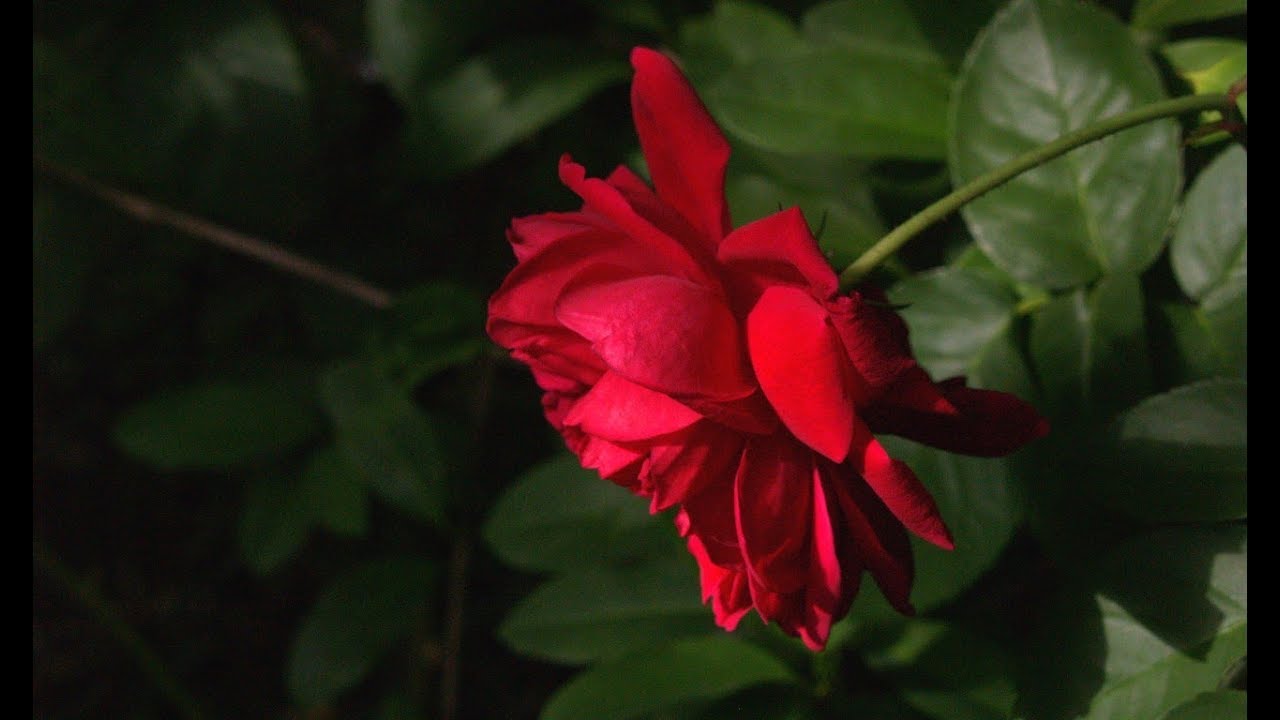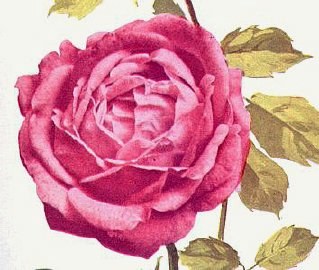Do others view “rose rustling” with a skeptical eye?
As an aspiring amateur hybridizer, I take a somewhat dim view of that which at times smacks of glorified piracy. (The “hobby” seems to be pretty highly romanticized and promoted in this part of the country.) The purported intent is to preserve history, but the only prerequisite for a rustler collecting a “study specimen” seems to be their inability to recognize a cultivar.
A large number of the roses found in folks’ gardens are under patent, and I am aware of collected roses sold under “study names” while they were still under patent. (“Katy Road Pink” comes to mind.) I know of circumstances (not necessarily via rustlers) in which hybridizers find their own material was distributed without their knowledge causing them to lose royalties. I worry about the potential of a rustler taking cuttings off of someone’s seedlings without permission and distributing such.
A year ago, a local program that I occasionally watch featured roses and rose-rustling. I was troubled by the segment because there was no real emphasis on the “etiquette” beyond stating “Obviously don’t dig up plants from cemeteries” and “Well, we hope this encourages more rustling.”
I actually reached out to the programmer, but felt like I got a little push-back with their assertion that the goal of rustling was purely an act of preservation. The interview involved a frequent guest and well-regarded author. I’m not sure I succeeded in impressing upon them, for example, the need for aspiring “rose-rustlers” to get permission from property owners before pilfering material, nor why the omission of information on plant patenting was troubling. (I did suggest they talk to e.g. Dr. Byrnes (A&M is not too far from here) to learn a little about what goes into creating a rose for the garden, to which they seemed receptive, but I don’t know that their interest was in any way germane to my concerns.)
In my own garden, the prime realty (having full sun) is in my front yard, and I am very aware of the potential vulnerability of planting in such a location. A local program’s inciting, “Well, we hope this encourages more rustling,” is disconcerting to me.
I have certainly propagated cuttings from I.D’ed antique roses on the property of others (though generally either with permission, or on public lands) so I cannot be too judgmental. (I usually won’t grow a rose the I.D. of which I don’t know.) And I will concede that I have even propagated patented material on occasion, though never for profit.
What are other folks’ thoughts/reactions to rose-rustling?


